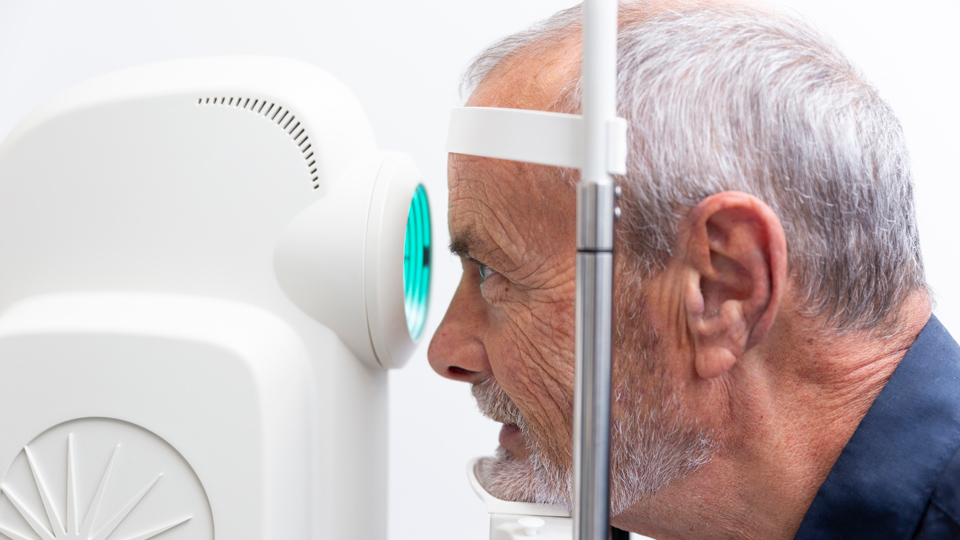Symptoms of retinal detachment: how to identify them in time
29/09/2025

15/10/2024
Cornea guttata and Fuchs dystrophy are two conditions that affect the deepest layer of the cornea, the endothelium, whose cells are responsible for maintaining corneal transparency. In cornea guttata, endothelial cells are r destroyed, and in their place appear deposits or bumps (guttae) form. Over time, these deposit cause the cornea to swell, lose its transparency, and become opaque. This progression leads to Fuchs dystrophy, a condition that develops as a result of cornea guttata. Fuchs dystrophy is a progressive disease that can lead to corneal oedema and significant vision loss.
Cornea Guttata
In the early stages, cornea guttata may not cause symptoms and might only be detected during an eye exam. As the condition advances, it can result in a further loss of endothelial cells and cause vision changes, such as blurred vision and sensitivity to light.
Causes:
Fuchs' dystrophy
In Fuchs' dystrophy, endothelial cells degenerate and die more quickly than normal. The loss of these cells reduces the ability of the endothelium to pump excess fluid out of the cornea, leading to swelling of the cornea (corneal oedema). Over time, the oedema can become chronic, causing bullae (blisters) to form on the surface of the cornea and leading to decreased vision. Patients may experience blurred vision, photophobia, eye pain, and vision that fluctuates throughout the day.
Treatment
Symptoms can be managed with anti-oedema ointment or eye drops, but once the disease has progressed the solution is posterior lamellar corneal transplantation. In this procedure, healthy endothelium from a donor is transplanted, creating a new cell layer on the back of the cornea. his new layer restores the cornea's transparency by resuming its biological functions.
Dr. Miriam Barbany, ophthalmologist at the Barraquer Ophthalmology Centre